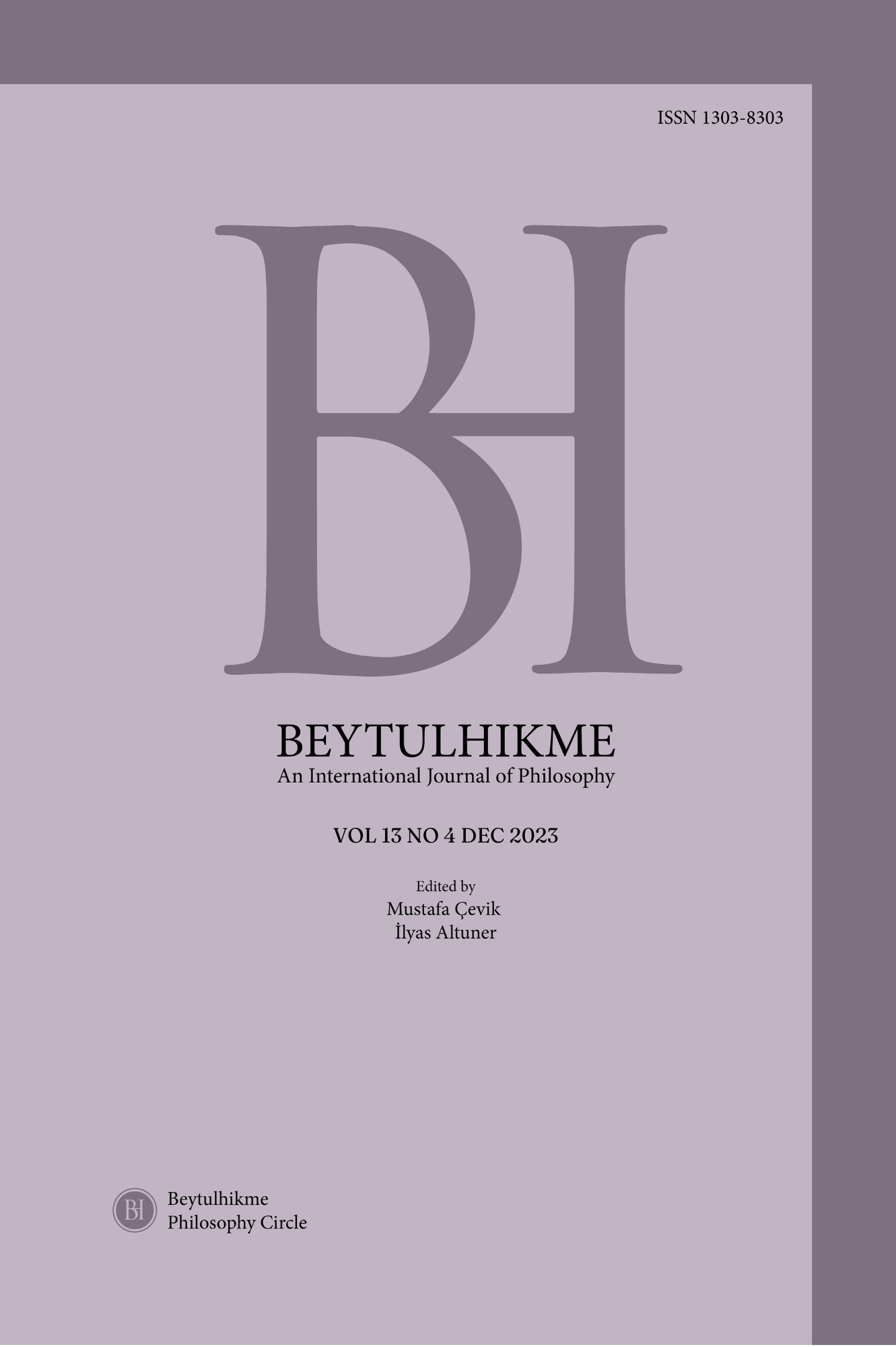Author :
Abstract
Osmanlı düşünce tarihinin gerek İslam düşüncesiyle olan organik sürekliliği gerekse de Batı dünyasında ortaya çıkan “yeni” düşünce akımlarıyla ilişkisi henüz sağlam bir zeminde ele alınıp incelenememiştir. Özellikle Batıda meydana gelen gelişmelerle Osmanlı âliminin kurduğu ya da kuramadığı irtibat çeşitli ön yargılı ve yüzeysel değerlendirmelerle ele alınmaktadır. Bu hususun anlamlı bir zeminde tartışılmasına katkı sağlayacak kritik noktalardan biri de Lale Devrinde kurulan tercüme heyetinin bir üyesi olarak Yanyalı Esad Efendi’nin Ioannis Kuttinius’un Aristoteles’in Fizika’sını kısmen şerh ve kısmen de özetlediği eserini et-Taʿlîmü’s̱-s̱âlis̱ adıyla Arapçaya tercüme ve şerh etmesidir. Bu çalışmada, Batıda yeni fizik anlayışının yaygınlaşmaya başladığı düşünülen bir dönemde çevirmek için neden Aristoteles fiziğine dair bu eserin seçildiği, çevirinin salt bir aktarımdan öte yeni bir yorum içerip içermediği gibi hususlar çerçevesinde, eserin İbn Rüşdcü yorumları öne çıkaran bazı tespitler paylaşılacaktır. Modern literatürdeki bazı okumaların eleştirisini de içeren bu tespitler, büyük oranda eserin mukaddimesi üzerinden yapılacaktır.
Keywords
Abstract
Both the continuity of the history of Ottoman thought with Islamic thought and its relationship with the "new" movements of thought that emerged in the Western world have not yet been analyzed on solid ground. In particular, the connection that Ottoman scholars established or failed to establish with the developments in the West has been handled with various biased and superficial evaluations. One of the critical points that will contribute to a meaningful discussion of this issue is the translation and commentary of Ioannes Cottunius' partial commentary and partial summarization of Aristotle's Physics into Arabic under the title al-Taʿlīm al-s̱ālis̱ by Asʿad al-Yānyawī as a member of the translation committee that established in the Tulip Period. In this study I will share some observations on why this work on Aristotle's physics was chosen for translation at a time when the new understanding of physics was thought to have become widespread in Europe, and whether the translation contains a new interpretation beyond a mere transmission. These determinations, which also include the criticism of some readings in modern literature, will be largely based on the introduction (muqaddima) of the manuscript.





